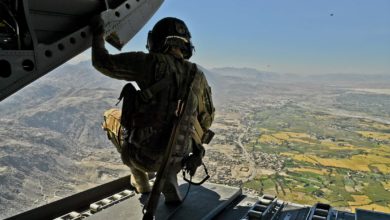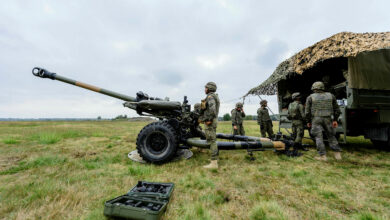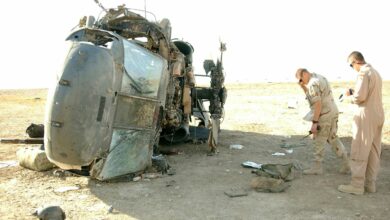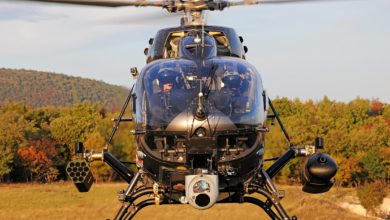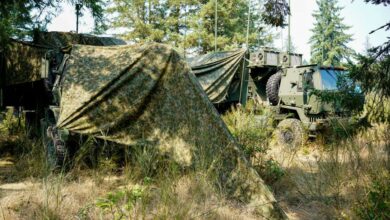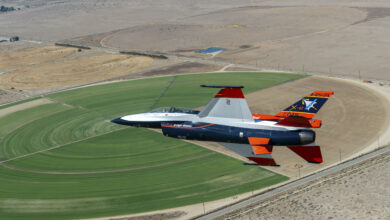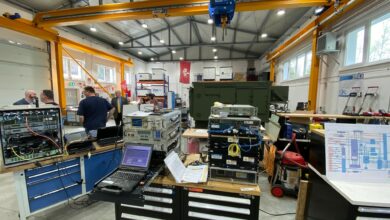The US Army has contracted Leidos to train the next generation of airborne intelligence, surveillance, and reconnaissance (ISR) pilots as part of the service’s High Accuracy Detection, Exploitation System (HADES) program.
HADES is a modernization effort seeking modern ISR fixed-wing aircraft to address deep-sensing gaps in contested environments.
‘Important Foundation’
Under the agreement, Leidos will facilitate ground and flight training using Bombardier Global 6000-class business jets.
Federal Aviation Administration (FAA) certified instructors will administer the lessons.
The package includes a curriculum, support materials, and corresponding development manuals.
Throughout the training, aviators will follow FAA commercial simulator metrics, such as aircrew currency and progression requirements.

“Leidos is pleased to help train the next generation of airborne ISR pilots for the US Army and support their critical mission,” Leidos Vice President and Aviation Operations Director Micah Stauffer stated.
“This project further exemplifies our commitment to supporting the Army’s missions on near-peer platforms. The investments made by Leidos serve as an important foundation as the HADES program continues to evolve.”
HADES Program
HADES will integrate an advanced airborne sensor suite into the “government-furnished” aircraft for enhanced ISR missions while decreasing reliance on access to allied military installations.
“It will possess speed, range, endurance-at-range, and altitude to overcome the physical challenges, without sacrificing the unique quality and capability of collection that airborne ISR provides to Army and joint force commanders around the world,” ISR Task Force Aerial Chief Lt. Col. Matt Paladino explained.
“With exceptional payload capacity, it will offer convergence options that occur on or off-board the aircraft to cover assured, denied, or degraded communication environments.”


